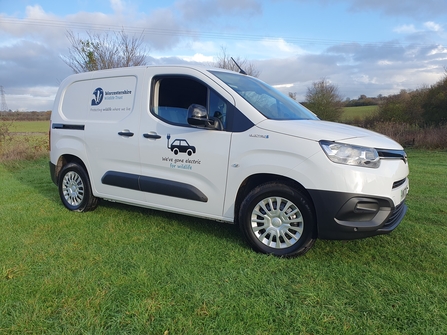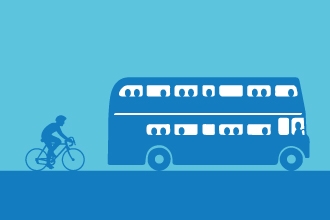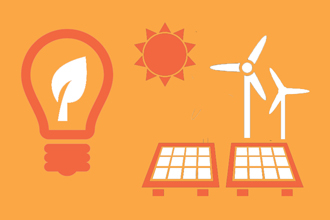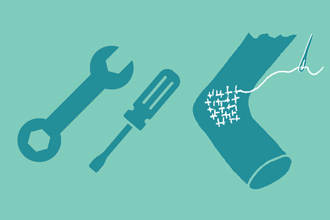When the Trust’s old diesel van started to look like it was on its last legs (or wheels), we knew we had to get a zero-emission replacement: enter our new electric van!
As a society, one of the most important steps we need to take to reduce climate-wrecking greenhouse gas emissions is to stop using fossil-fuel powered vehicles. Road traffic is the most significant source of UK transport emissions. To reduce these emissions and meet the national net-zero by 2050 commitment, the UK Government has banned the sale of new cars and vans powered wholly by petrol and diesel by 2030, with the sale of new hybrids banned from 2035.
The most climate-friendly methods of transport are active travel (walking, cycling, etc) and public transport (trains, buses, etc) and we should be adopting and promoting these wherever possible. In addition, we should also be looking to share lifts and reduce unnecessary travel whenever we can. But, of course, these options aren’t always feasible so we also need to make the switch to zero-emissions cars and vans. Electric vehicles (EVs) – particularly pure battery electric vehicles - are by far the best option. In fact, there are no realistic alternatives to EVs.





